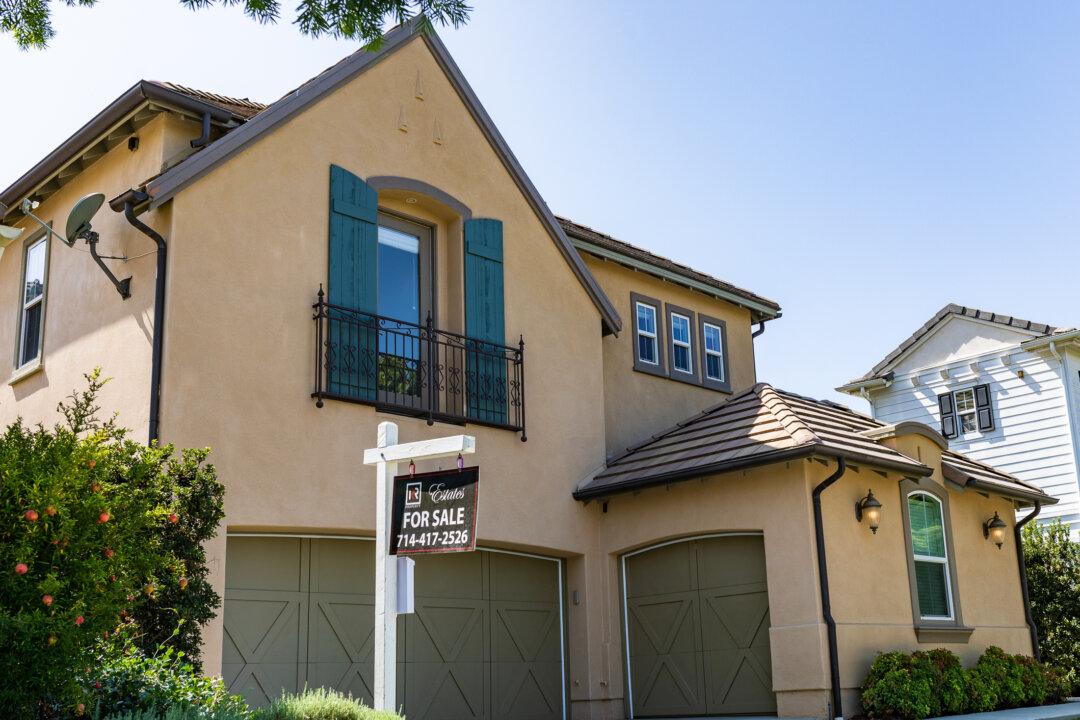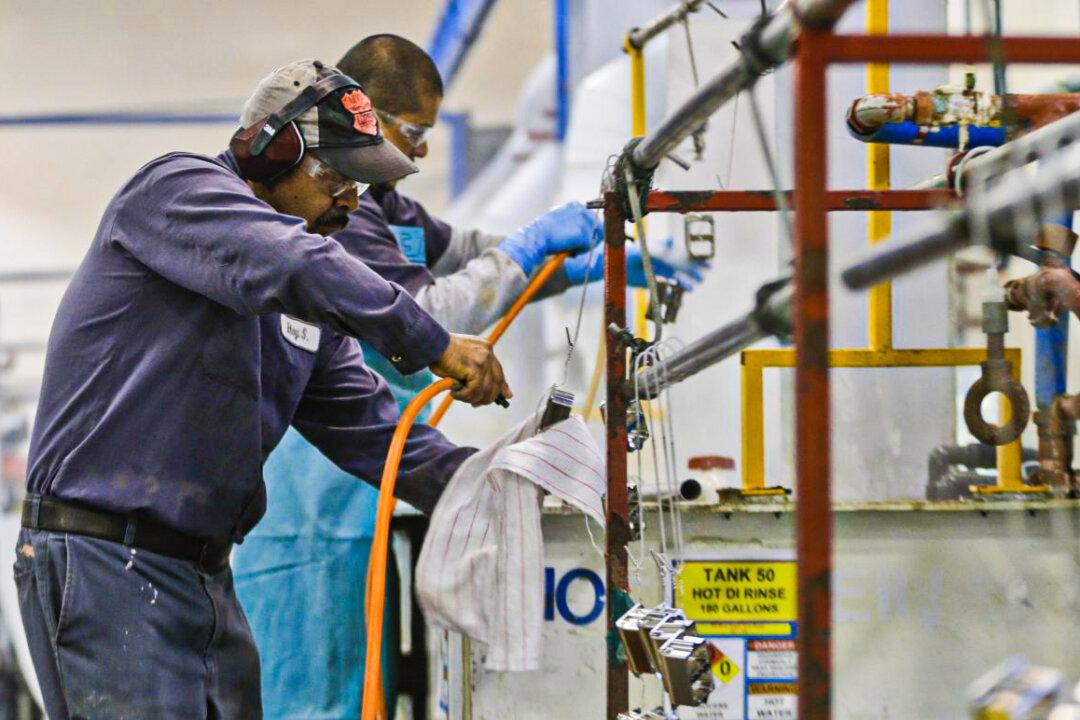News Analysis
Home prices across the western United States continue to increase at a very high rate, but the rate of growth slowed in August from July. Phoenix remains the hottest market in the US, with home prices there increasing by a full third (33.3 percent increase) during the 12 months ending on Aug. 31.





